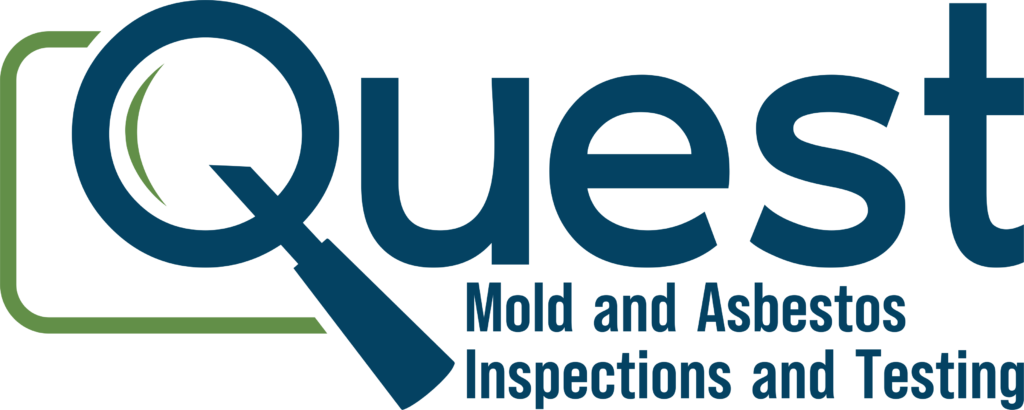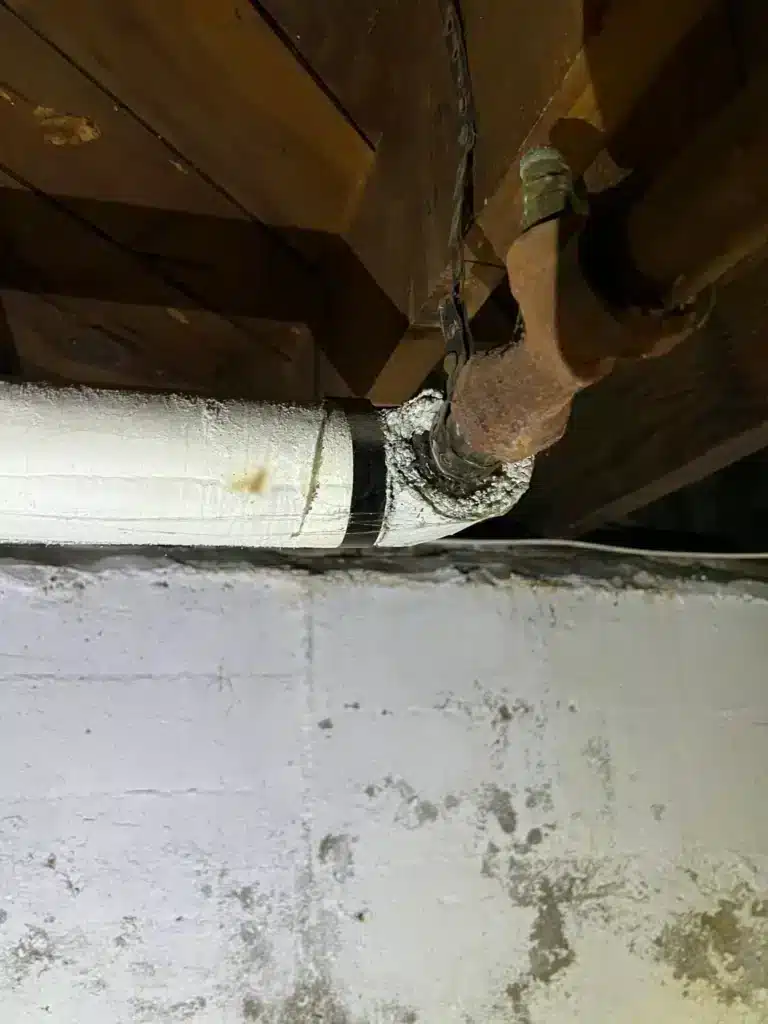As a parent, you want your child to be safe and healthy while at school. However, did you know that many schools across the United States contain asbestos materials? Asbestos is a dangerous carcinogen that can cause serious health problems, such as mesothelioma, a type of cancer that affects the lining of the lungs, abdomen, or heart.
Understanding the risks of asbestos exposure in schools is crucial for parents. Almost one-third of schools in the United States may contain asbestos materials, putting millions of students, teachers, and other school staff at risk of developing asbestos-related diseases. Asbestos can be found in various building materials such as insulation, ceiling tiles, and floor tiles. When these materials are damaged or disturbed, asbestos fibers can be released into the air and inhaled, leading to health problems later in life.
It’s important for parents to know what to do if their child’s school has asbestos-containing materials. This guide will provide you with the information you need to understand the risks of asbestos exposure in schools and how to protect your child’s health. By taking the necessary steps to prevent exposure, you can ensure that your child is safe while at school.
Understanding Asbestos in Schools
What Is Asbestos?
Asbestos is a naturally occurring mineral that was widely used in construction materials due to its heat-resistant properties. It was commonly used in insulation, ceiling tiles, and floor tiles, among other things. When asbestos-containing materials are disturbed, microscopic fibers can be released into the air, which can be inhaled and cause serious health problems.
Is Asbestos Used in Schools?
Yes, many schools built before the 1980s contain asbestos-containing materials. According to the Environmental Protection Agency (EPA), “asbestos-containing materials can be found in any part of a school building, including ceilings, walls, floors, pipes, and boilers.”
It’s important to note that asbestos-containing materials in good condition and left undisturbed are generally not a health risk. However, when these materials are damaged, such as during renovations or routine maintenance, the fibers can become airborne and pose a risk to those in the area.
To protect students, teachers, and staff from exposure to asbestos, schools are required to have an asbestos management plan in place. This plan should outline how the school will identify and manage asbestos-containing materials, as well as how it will respond to incidents involving asbestos. Parents, teachers, and school employees have the right to inspect the school’s asbestos management plan.
Health Risks of Asbestos Exposure
Asbestos exposure is a serious health concern that can lead to various diseases, including cancer. As a parent, it is essential to understand the risks of asbestos exposure in schools and how to protect your child.
Asbestos-Related Diseases
Exposure to asbestos can cause a range of health problems, including lung cancer, asbestosis, and mesothelioma. According to the National Cancer Institute, asbestos exposure is the leading cause of mesothelioma, a rare and aggressive cancer that affects the lining of the lungs, chest, abdomen, and heart.
Mesothelioma and Its Link to Asbestos
Mesothelioma is a challenging cancer to diagnose and treat, and it is often linked to asbestos exposure. The disease can take years or even decades to develop, and symptoms may not appear until later stages. If you or your child has been exposed to asbestos, it is essential to monitor your health and seek medical attention if you experience any symptoms, such as chest pain, shortness of breath, or persistent cough.
Risks to Children and Staff
Children and school staff are at risk of asbestos exposure because the deadly carcinogen lurks behind walls, above ceilings, and under floors in older schools across the United States. Many of America’s students, teachers, and school staff are in danger of asbestos exposure. Children are particularly vulnerable to the health risks of asbestos exposure because they have a higher breathing rate and inhale more fibers than adults.
As a parent, it is crucial to understand the risks of asbestos exposure in schools and take steps to protect your child. If you suspect that your child’s school may have asbestos-containing materials, you should contact the school administration and ask about their asbestos management plan. You can also hire a professional asbestos inspector to test your child’s school for asbestos.
Legal Regulations and Safety Standards
When it comes to asbestos exposure in schools, there are several legal regulations and safety standards in place to protect students and staff members. In this section, we will discuss the Asbestos Hazard Emergency Response Act (AHERA), the EPA’s role and guidelines, and state-level asbestos policies. https://www.nysed.gov/facilities-planning/ahera-requirements-reminder
Asbestos Hazard Emergency Response Act (AHERA)
The Asbestos Hazard Emergency Response Act (AHERA) is a federal law that requires all public and non-profit private schools to inspect their buildings for asbestos-containing materials (ACMs) and to develop and implement management plans to control any asbestos hazards. The law also requires schools to notify parents, teachers, and employees about the presence of asbestos and the steps being taken to manage it.
Under AHERA, schools must conduct an initial inspection to identify any ACMs and then re-inspect every three years to ensure that the materials remain in good condition. If any ACMs are found to be damaged or deteriorating, schools must take immediate action to repair or remove them.
EPA’s Role and Guidelines
The Environmental Protection Agency (EPA) is the federal agency responsible for enforcing AHERA and developing guidelines to help schools comply with the law. The EPA’s guidelines cover a range of topics, including how to conduct inspections, how to develop management plans, and how to properly handle and dispose of asbestos-containing materials.
The EPA also provides training and certification programs for asbestos professionals who work in schools, such as inspectors, management planners, and abatement contractors. These programs ensure that these professionals have the knowledge and skills needed to properly manage asbestos hazards in schools.
State-Level Asbestos Policies
In addition to federal regulations, many states have their own policies and guidelines for managing asbestos in schools. These policies may be more stringent than federal requirements and may include additional testing and reporting requirements.
Parents and school staff members should familiarize themselves with their state’s asbestos policies and guidelines to ensure that their school is in compliance with all applicable regulations. They should also be aware of any reporting requirements or procedures for reporting suspected asbestos hazards to the appropriate authorities.
Overall, it is important for parents and school staff members to understand the legal regulations and safety standards in place to protect against asbestos exposure in schools. By working together to ensure compliance with these regulations, we can help keep our schools safe and healthy for everyone.
Proactive Measures for Parents
As a parent, it’s important to take proactive measures to protect your child from asbestos exposure in schools. Here are some steps you can take to ensure your child’s safety:
Identifying Asbestos Hazards
One of the first steps you can take is to identify potential asbestos hazards in your child’s school. Asbestos was commonly used in building materials such as insulation, ceiling tiles, and floor tiles until the 1980s. If your child’s school was built before this time, there is a chance that asbestos-containing materials were used during construction.
You can contact the school administration and ask if they have an asbestos management plan in place. This plan should outline how the school is monitoring and managing asbestos-containing materials to ensure the safety of students, teachers, and staff. If the school does not have a plan in place, you can recommend that they develop one.
Effective Communication with School Administrators
Effective communication with school administrators is crucial in ensuring your child’s safety. You can ask to meet with the school principal or other administrators to discuss any concerns you may have about asbestos exposure in the school. Be sure to come prepared with questions and concerns, and ask for a copy of the school’s asbestos management plan if they have one.
It’s important to maintain a positive and cooperative relationship with school administrators. By working together, you can help ensure that your child’s school is taking the necessary steps to protect students, teachers, and staff from asbestos exposure.
Advocacy for Asbestos Safety in Schools
Advocacy for asbestos safety in schools is another important step you can take as a parent. You can join or start a parent-teacher association (PTA) or other advocacy group to raise awareness about the dangers of asbestos exposure in schools. You can also work with local and state legislators to advocate for stronger laws and regulations to protect students, teachers, and staff from asbestos exposure.
By taking proactive measures and advocating for asbestos safety in schools, you can help ensure that your child and others are protected from the dangers of asbestos exposure.
Frequently Asked Questions
How can I find out if my child’s school contains asbestos?
According to the Asbestos-Containing Materials in Schools Rule, schools are required to make their asbestos management plans available to the public, including parents, within 5 working days of the request. You can ask the school administration for a copy of the plan to know if your child’s school contains asbestos. Parents, teachers, and school employees have the right to inspect the school’s asbestos management plan, and schools are required to notify parent-teacher organizations (such as PTAs) once a year about the availability of the school’s asbestos management plan and asbestos-related activity taking place within the school.
What procedures are followed if a school is found to have asbestos?
If a school is found to have asbestos, the school administration should inform parents and employees of the presence of asbestos and provide information on the steps being taken to manage the asbestos. The school should also develop an asbestos management plan that includes regular inspections, monitoring, and maintenance of asbestos-containing materials. If the asbestos is in poor condition or poses a risk, the school should take appropriate steps to remove or encapsulate the asbestos.
What are the health risks associated with asbestos exposure in children?
Asbestos exposure can lead to various types of illnesses and cancers, including mesothelioma, lung cancer, and asbestosis. Children who are exposed to asbestos may develop these illnesses later in life. The risk of developing an asbestos-related disease increases with the amount and duration of exposure. However, it is important to note that not all asbestos exposure leads to illness, and the risk of developing an asbestos-related disease from exposure in schools is generally considered to be low.
How is asbestos safely removed from school buildings?
Asbestos removal should only be done by licensed professionals who are trained in asbestos abatement. The process involves sealing off the area, wetting the asbestos-containing materials to prevent the release of fibers, and carefully removing the materials. The asbestos-containing materials are then disposed of in accordance with state and federal regulations. It is important to note that not all asbestos-containing materials need to be removed. In many cases, asbestos-containing materials can be safely managed in place through regular inspections and maintenance.
Can I take action against asbestos in schools?
If you are concerned about asbestos in your child’s school, you can contact the school administration to request information about the school’s asbestos management plan and the steps being taken to manage the asbestos. If you believe that the school is not following proper procedures or that your child’s health is at risk, you can contact your state or local health department or the Environmental Protection Agency (EPA) to report the issue.
Who is most at risk for asbestos exposure within a school environment?
Teachers, school staff, and maintenance workers who work in or around areas that contain asbestos are most at risk for asbestos exposure within a school environment. Children may also be exposed to asbestos if they come into contact with damaged or deteriorating asbestos-containing materials. Order Generic Levitra Online. However, the risk of developing an asbestos-related disease from exposure in schools is generally considered to be low.


